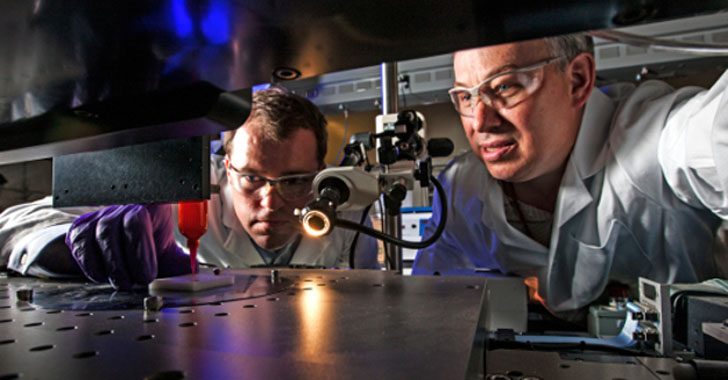The 3D printing division of Lawrence Livermore National Laboratory (LLNL) is chock full of experts at 3D printing objects with unique, microscopic shapes that transform the physical properties of the larger object. Just by changing the pattern of individual layers, they can manipulate the physics of the object as a whole. The government lab’s research has just found a powerful partner that will develop the software to scale up that technology.

With an 18-month Cooperative Research and Development Agreement (CRADA), Autodesk’s design software will be combined with LLNL microstructure research to generate and analyze thousands to tens of thousands of different patterns, resulting in a huge variety of metamaterials. To kick things off, their going to test-design protective helmets, which are the perfect test case for such a project. Typically, the construction of a helmet sees a trade-off between weight and protection, with lighter helmets being less protective than heavier, clunkier head gear. However, with LLNL’s technology, amplified by Autodesk software, the team will be able to explore various microstructures that generate the necessary impact absorption, while maintaining a lightweight, all without foam or pads.
Anantha Krishnan, LLNL’s associate director for engineering, said of the partnership, “As an organization that is pushing the limits on generative design and high-performance computing, Autodesk is an ideal collaborator as we investigate next-generation manufacturing.” LLNL materials engineer and co-principal investigator Eric Duoss suggests that helmets are only the beginning, saying, “The difference in the design method we are proposing versus historically is that many of the previous manufacturing constraints can be eliminated.Additive manufacturing provides the opportunity for unprecedented breakthroughs in new structures and new material properties for a wide range of applications,” Duoss added.
Once the technique is nailed down, it’s easy to imagine that generative software from Autodesk would be able to automatically create the optimal internal structure for an object based on the needs of the designer. With the click of a button or drag of a slider, an object could vary thicknesses throughout to be flexible in some portions, thick in others, and maintain a springy geometry when necessary. And, because LLNL has already researched their techniques with a variety of materials, including graphene, what they develop could apply to everything from metals to plastics to everything under the sun.




